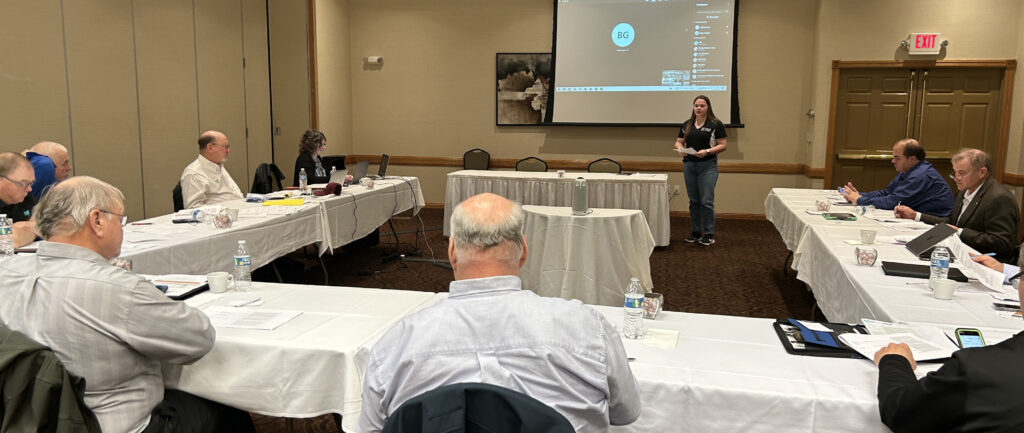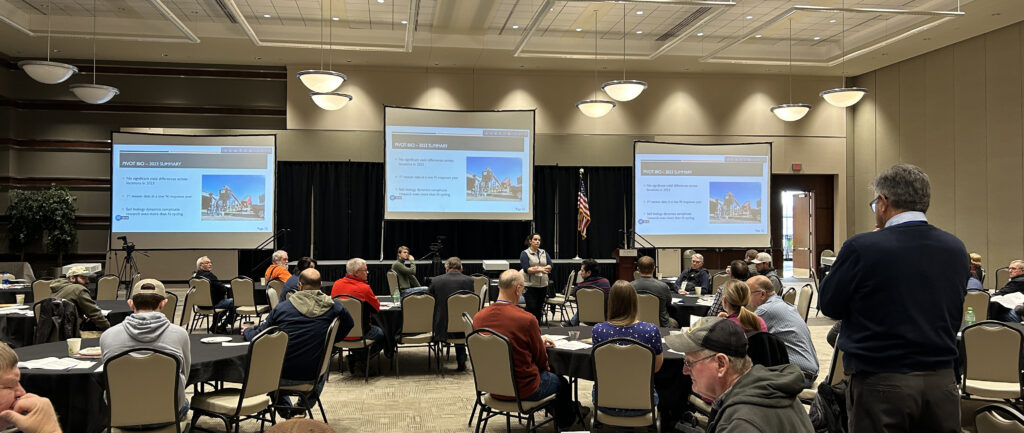One of my favorite artists is a good ole boy, George Strait. One of his songs, “Ace in the Hole” may be relevant with the end of winter upon us. While most of the state experienced snow storms last week, most of the snow is gone, the sun is shining, and farmers, just being farmers, are thinking about planting.
For most of Minnesota, the optimal planting window for soybeans is May 1 through May 14, or the first two weeks of May. As indicated by one of the recent articles on crop insurance, replanting coverage is limited to planting between April 21 and June 4. It brings one to ask, what are the benefits of planting early and what are the risks?

The primary benefit of early planting, if soil and seedbed conditions are good, is a more optimal soybean yield potential. Given the current estimated crop price for the fall, this is a pretty important benefit. Planting early allows the crop manager to help conserve soil moisture during the reproduction periods; increase the interception of solar radiation, leading to higher photosynthesis; provides a longer growing season, resulting in an increase in main stem nodes, more flowers, pods and seeds; reduces weed completion early in the season; and due to the earlier canopy closure, reduces competition from late emerging weeds.
However, all of that is dependent on planting in good soil and seedbed conditions. Springtime in Minnesota is not conducive to rapid soil drying. Early planting offers increased “mudding in” risk, which leads to exposing the emerging soybean plant to overly wet soils (oxygen deprivation), excessively cold soils (reduced germination), disease risk (Phytophthora, Pythium, Rhizoctonia, Fusarium and SDS), early frost damage, soil compaction and soil crusting. All of which lead to a non-uniform stand and management difficulty later in the growing season, or in other words, reduced yield.
Folks, the cards are being shuffled, and you have to play the cards you are dealt. Take your time and play them right.
David Kee is Director of Research at Minnesota Soybean. Contact him at david@mnsoybean.com or at 888-896-9678.







